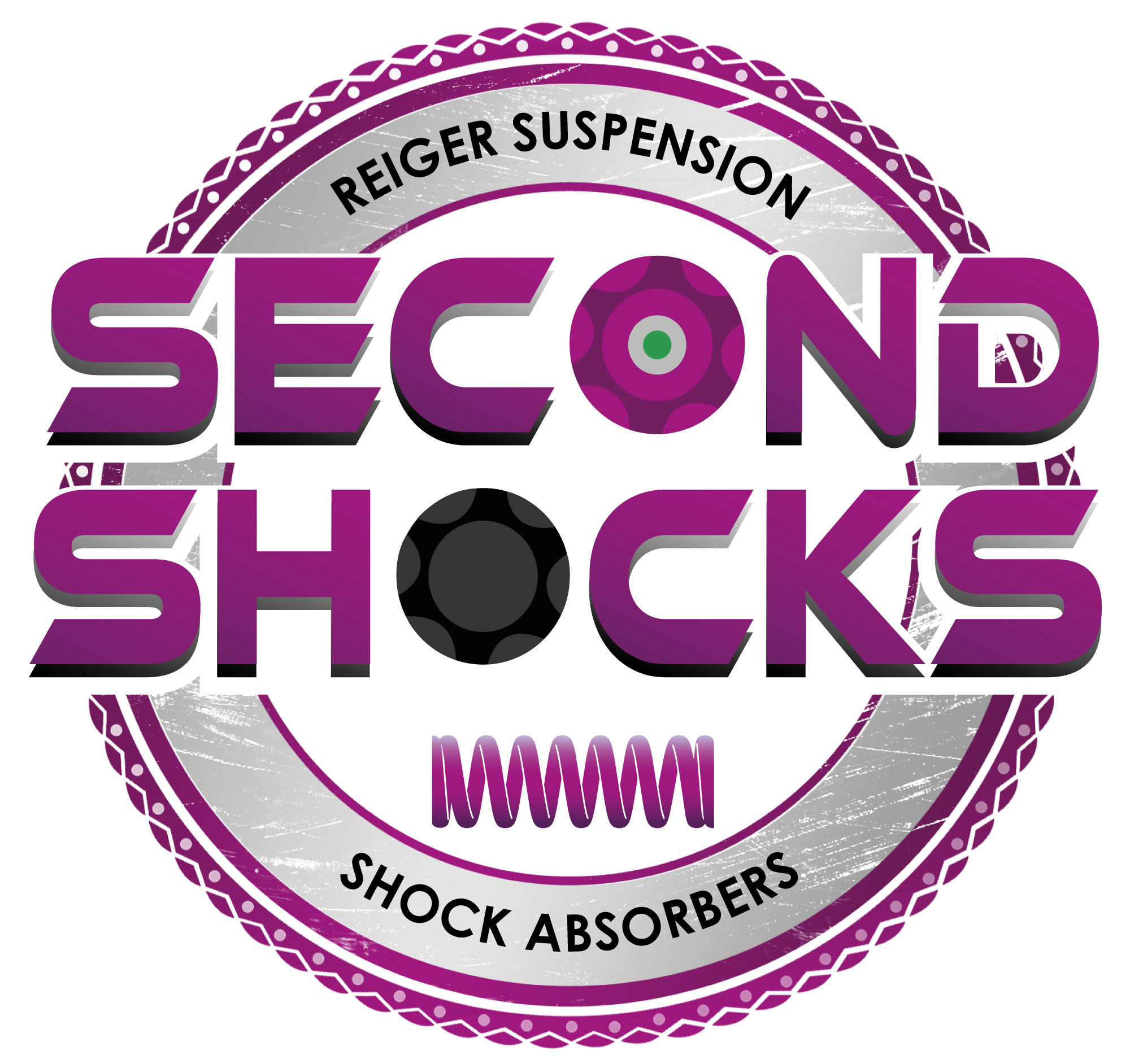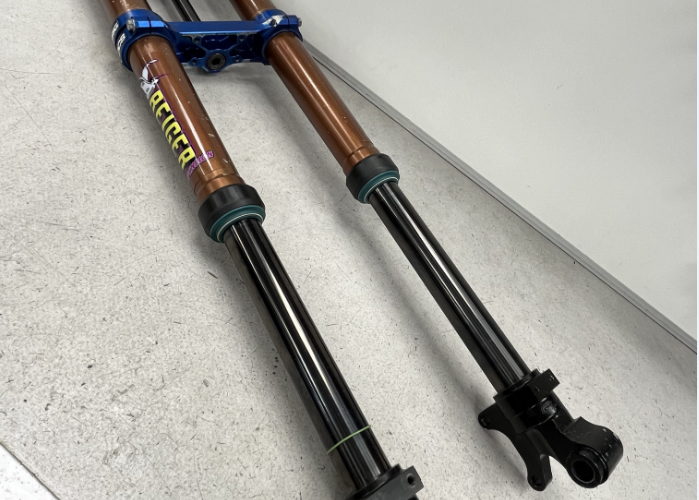€1000,- including X-trig triple clams, PHDS system and Ozzo longer axle mounts
Compression/Rebound adjustment
The compression damping is adjusted with a compression adjustment.
Completely clockwise is your zero point, from here you start counting and this is the hardest damping.
This adjustment is there to make the motor more stable, the further this adjustment is closed the more stable your motor will be only you will also lose traction. If you open the adjustment with 24 clicks, the damper will feel
softer and you’ll ride better on small dribbles, but this might make the motor less stable
Anticlockwise makes the damping softer when landing after a jump.
If you open the adjustment to much, the motor will be more difficult to control.
Especially on sand courts with large holes.
The rebound damping is responsible for traction and stability. Counting starts from closed, which is when you
rotate the adjustment all the way to the right.
A close rebound adjustment means a ‘slow’ rebound damping: great for stability, but a little slow if you have lots
of small bumps. When you open the rebound adjustment (rotate to the left) the damper gets quicker which gives
more traction. However, this may give you a ‘nervous’ feeling in the motor.
There is a difference in driving on hard or sand tracks. We recommend to drive with 2 to 3 clicks more open on hard
tracks. When driving on sand tracks you can close the rebound damping a little more.
Hydrostop
To avoid the front fork from bottoming on hard impacts, for instance after a big jump, each front fork is equipped with a hydro stop. With this option the damping force increases on the last part of the compression stroke so
you will have no hard stop at the end of the compression stroke.




